|

Electric Car Bridge over Deerfield River, Shelburne Falls, Mass.
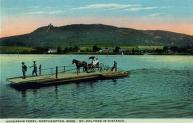
Hockanum Ferry, Northampton, Mass. Mt. Holyoke in Distance.
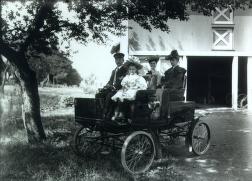
Nichols family's first automobile

"Thanksgiving Pies"
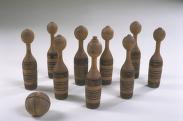
Bowling pins

Doll "Diana"

Schoolroom at the Mill and Bars: Recitation Day
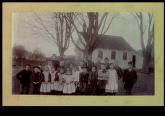
One Room School in Wapping
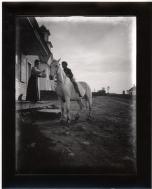
Mail Rider
|
Summary and Objective
Students will understand that common, everyday activities (for example: transportation, food, school,etc.) change over time. They will interview an elderly person they know and ask "How did you....when you were a child?" They will then share their "interview" with their classmates during large group meeting time.
Teaching Plan
Step 1.
Pre-activity: teacher models how to share an experience with a peer using a visual aide or hands-on material. Example: a feather found on a hike
Step 2.
The children will be assigned homework to interview an elder person they know well. With their parents recording the results, the children will ask questions about how person being interviewed traveled, worked, went to school, etc, when they were a child and how they do it today. A simple teacher made handout will be sent home to help with this task. Practice interviewing skills in class.
Step 3.
The children will be pre-assigned a share time in the classroom. Students will bring in two photographs of the person they interviewed, one from childhood and one that is current. During their "share" the children will show their photographs, talk about one topic from the interview and take questions or comments. A staff member will record the student's comments about their interview.
Step 4.
After the large group the teacher and child will post the child's photos, key comments and a photo of the child on construction paper. Arrows with the words past and present are added.Finished projects are hung for all to enjoy.
Step 5.
Follow-up assessment lessons will use photos from the digital collection as a focus point to discuss the "past." Using current photos from magazines or other sources, the children will sort the digital and current photos into a past and present category. Try to copy current photos as black and whites, so the children have to think about the photos to sort them.
Step 6.
Optional Follow Up Activity: Have Senior Citizens come into the classroom to meet and interact with the children. Encourage them to bring in photographs, activities or "artifacts" from when they were a child to share with the classroom students.
|




